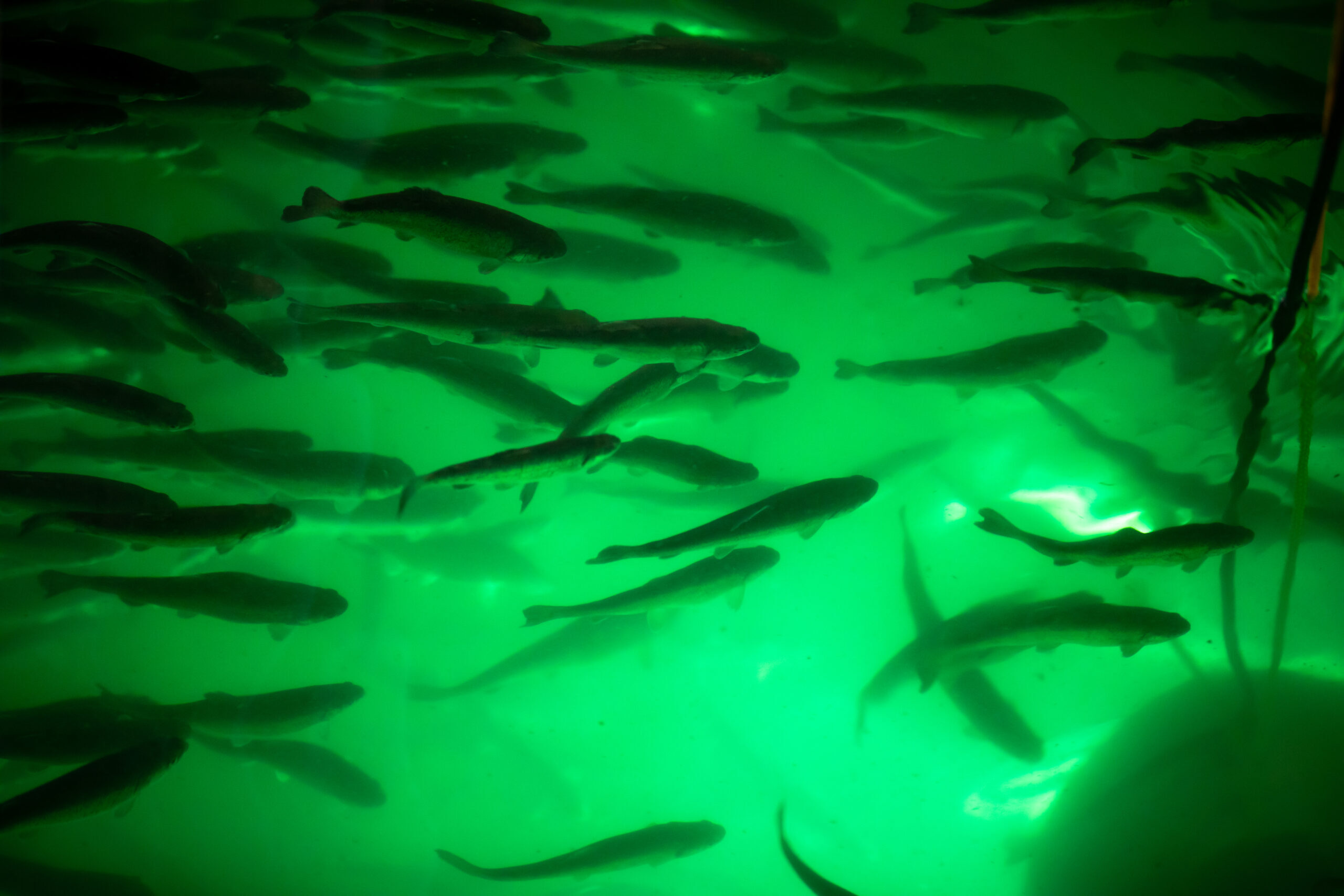Opinion: Aquaculture is part of solution to declining fisheries
If the past few years have taught us anything, it is the critical need to understand, trust, and follow science when making important public policy decisions. It is with this guiding principle that I offer facts and perspective in response to my colleague and friend Leonard Forsman’s recent column published in the Kitsap Sun regarding net-pen aquaculture in Puget Sound. With global nutrition, Tribal treaty rights, and local jobs at stake, we must be skeptical of alarmist rhetoric based on outdated assumptions, misconceptions, and mistruths.
There are many reasons the public and the Department of Natural (DNR) Resources should support a robust and well-regulated Aquaculture industry here in Washington and specifically in the Puget Sound area. Our wild stocks of trout and salmon are more imperiled than ever. The loss of wild salmon and steelhead runs threatens extinction of our Southern Resident Orca, our Tribal opportunity to harvest wild fish for sustenance and ceremony purposes as well as our region’s rich history of locally sourced salmon and trout as a family-food staple. Sustainable fish-farming allows us to continue harvesting locally grown seafood without further depleting our native stocks. I firmly believe aquaculture is part of the solution, not the problem.
The world’s population is experiencing an exploding demand for nutrient-rich sources of protein and aquaculture is the most carbon-friendly way of providing it. The Food and Agriculture Organization of the United Nations estimates that by the year 2030 the number of malnourished people will rise to 841 million and stated last month “Aquaculture is vital for feeding the world’s expanding population.” Most Americans don’t realize over 80% of our seafood products are imported into the United States and most of those countries do not meet our environmental standards.
Farmed seafood requires the lowest energy demand of any sourced protein, a fraction of what is required to farm chicken, pork, or beef and produces far less greenhouse gas emissions than land-based agriculture. It seems only natural that as a northwest region, the Salish Sea would embrace aquaculture as an industry that would complement our natural stock fisheries in which we can be global leaders in feeding a hungry planet, and sourcing locally grown seafood, in the most climate friendly way possible.
Mr. Forsman’s false and outdated assertions on the ecological safety of net-pen fish farms must be corrected by looking at fact vs. fiction. After a year of extensive scientific review and public input, the Washington Department of Fish and Wildlife (WDFW) approved a plan for growing native stocks of sterile, all-female, triploid steelhead trout in Puget Sound, a decision already upheld by King County Superior Court. They and multiple peer reviewed studies in the Pacific Northwest have concluded that commercial fish farming poses a very low risk to wild salmon populations.
In response to Mr. Forman’s concern about the protecting the genetic integrity of native stocks, it is important to note that several tribal entities, as well as state and local agencies, raise and release millions of hatchery-raised salmonid smolt into rivers and waters in the Puget Sound region each year, including hatchery raised steelhead. This practice shares much in common with aquaculture fish-farming. The only difference being that enhancement programs release hatchery raised fish directly into rivers and open waters, whereas aquaculture releases, raises, and harvests fish into and out of one fixed location.
Significant technological advancements in aquaculture allow modern fish-farming to be practiced with complete ecological safety. New computerized feeding systems measure and monitor within 1% accuracy, virtually eliminating feed waste or sediment. State-of-the-art farms now utilize sophisticated sensors and high-resolution underwater cameras to allow for comprehensive environmental monitoring of water quality parameters such as oxygen, temperature, tidal currents, plankton, and sedimentation levels. In the State of Washington, commercial fish-farms are required to report monthly the results of this monitoring to the Washington Departments of Ecology, Natural Resources, and Fish and Wildlife ensuring consistent regulatory oversight of environmental conditions at each farm.
As we continue a larger public discussion about the role of aquaculture in Washington and the Puget Sound area, I encourage those who have concerns about the industry to learn the facts and truth about modern fin-fish aquaculture. I hope they will come to understand the environmental safety advancements in the industry and embrace the significant opportunities fish-farming offers Tribal entities, local communities, and our planet. Climate change, depletion of native fish stocks, and global demand have put our natural fisheries in peril. As leaders of Tribal nations on the Salish Sea, I hope we can work together, with science and fact as our guiding principles, to forge a path back to a healthier Salish Sea, teeming with an abundance of seafood to nourish our world and economy. To achieve that, we must embrace aquaculture and fish-farming as part of the solution including retaining northwest employment opportunities in the seafood industry.
W. Ron Allen is Tribal Chair and CEO of the Jamestown S’Klallam Tribe. Contact him at [email protected].
Click HERE to read the full article.
